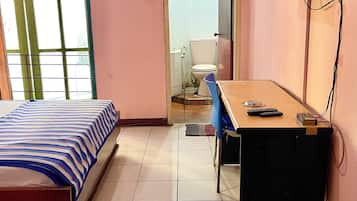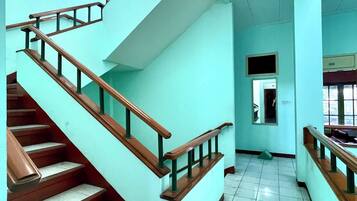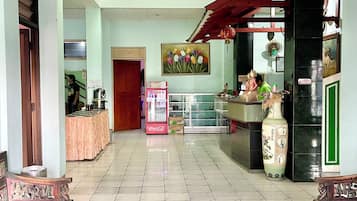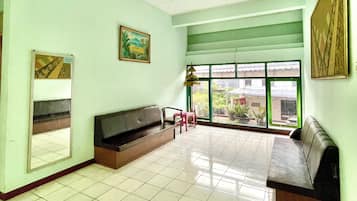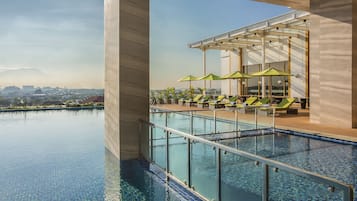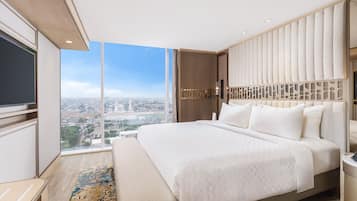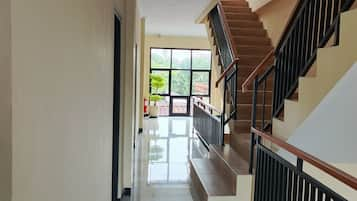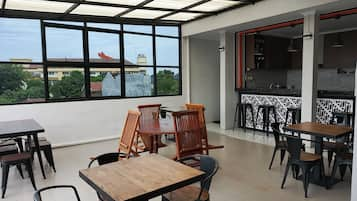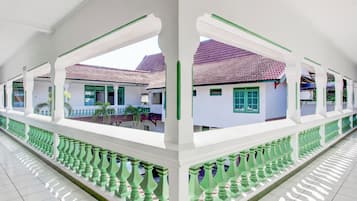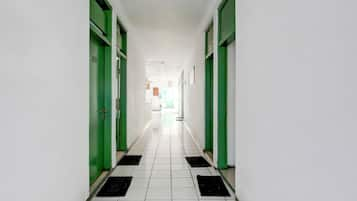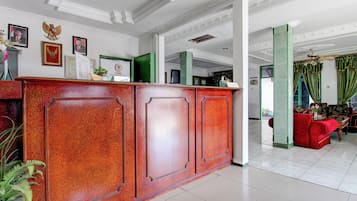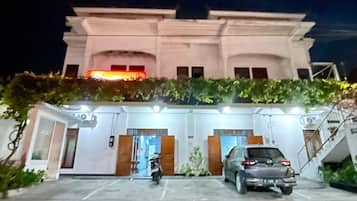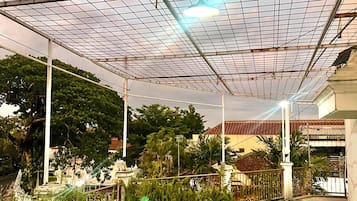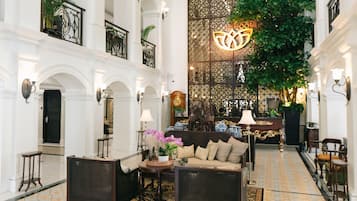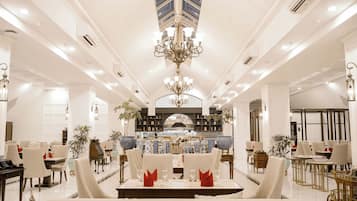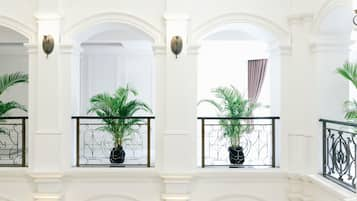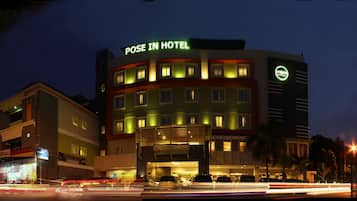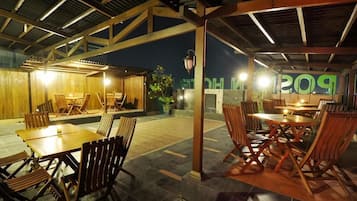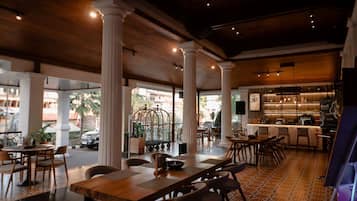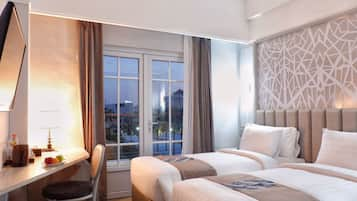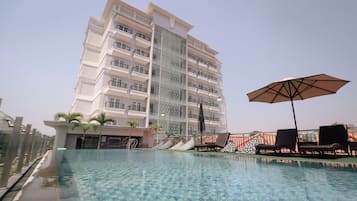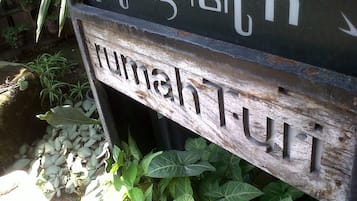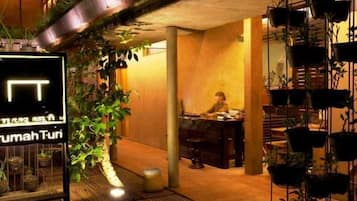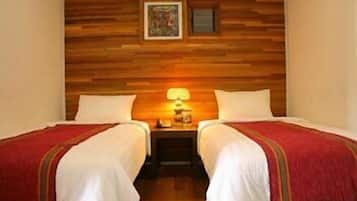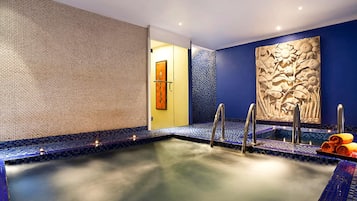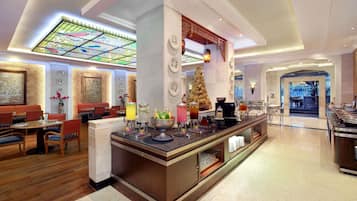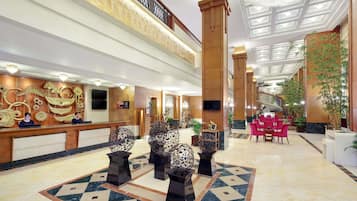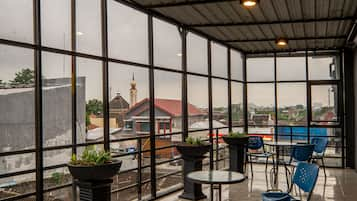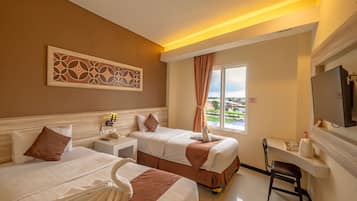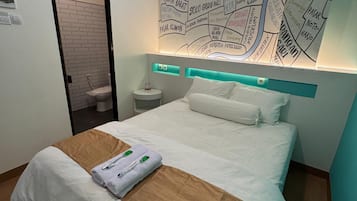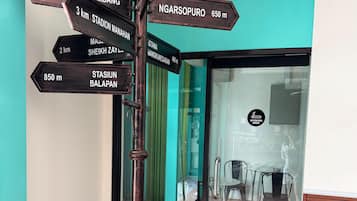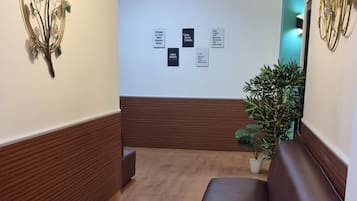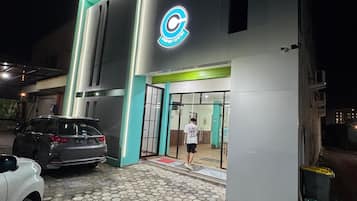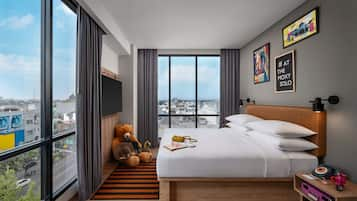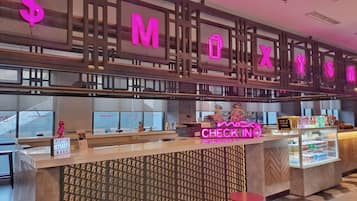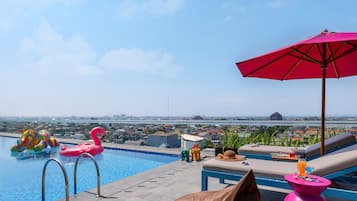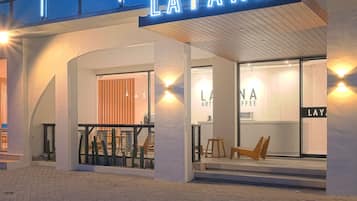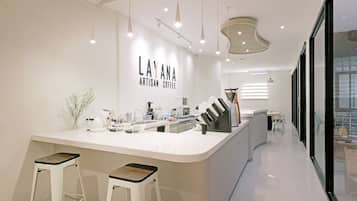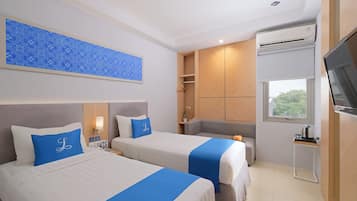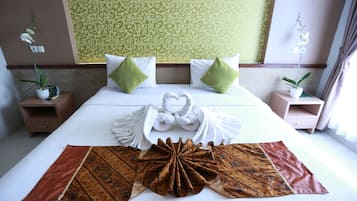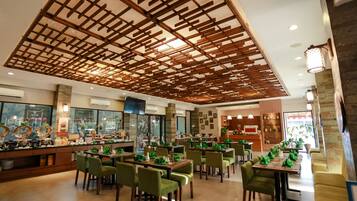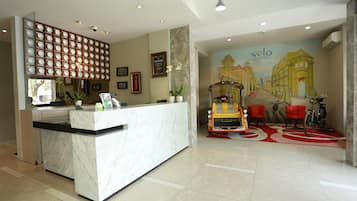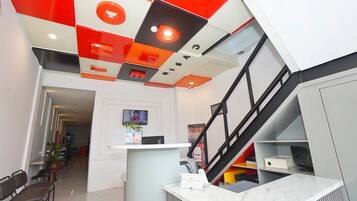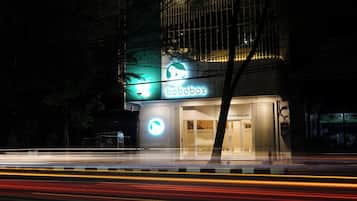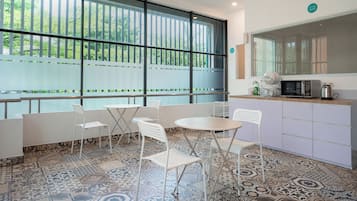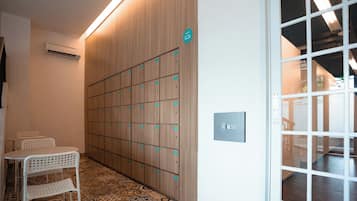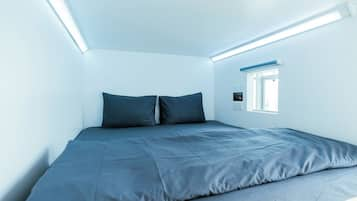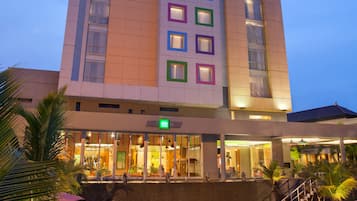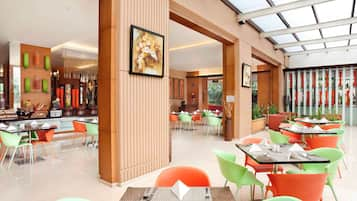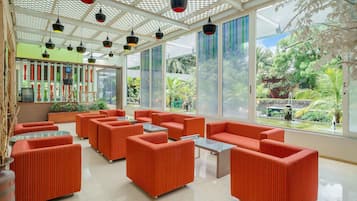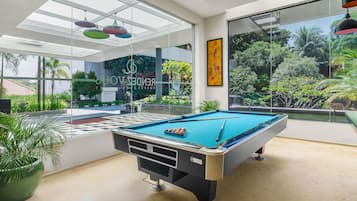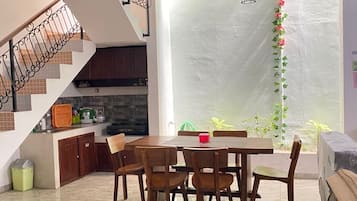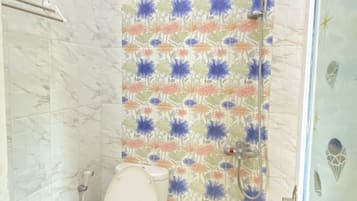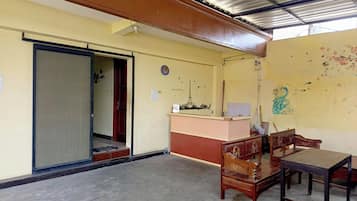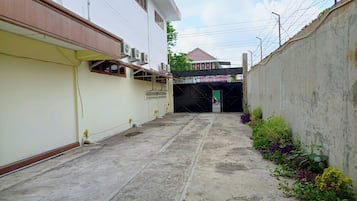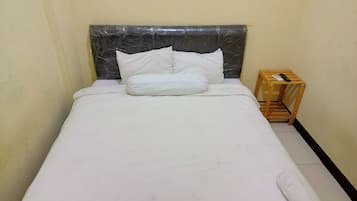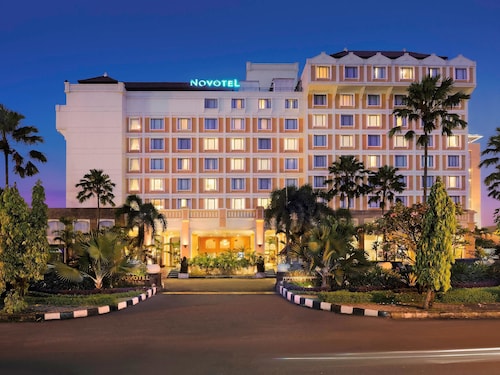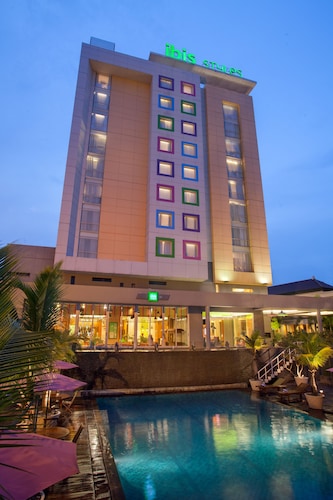What's Banjarsari Like?
If you want to find the perfect part of the city to explore, look no further than Banjarsari. Take time to see places like Solo Paragon Lifestyle Mall and Balekambang City Park while you're here. There's plenty more to see, including Nakamura Klinik and Keprabon Park.
How to Get to Banjarsari
Flying to:
- Surakarta (SOC-Adisumarmo Intl.), 5.2 mi (8.4 km) from Banjarsari
- Yogyakarta (JOG-Adisucipto Intl.), 30.8 mi (49.6 km) from Banjarsari
Traveling to Banjarsari by Train
You'll find the following train stations in the neighborhood:
- Solo Balapan Station
- Kadipiro Station
Things to See and Do in and around Banjarsari
What to See in Banjarsari
- Mangkunegaran Palace
- Balekambang City Park
- Keprabon Park
Things to Do in Banjarsari
- Solo Paragon Lifestyle Mall
- Nakamura Klinik
- Radya Museum Library
When Is the Best Time to Visit Surakarta?
- Hottest months: October, September, August, November (average 78°F)
- Coldest months: August, September, February, January (average 77°F)
- Rainiest months: February, March, January, November (average 18 inches of rainfall)
![At the museum no photos are allowed which is really unfortunate as it was well worth the visit and the guided tour is definitely not to be missed. In the museum there are even Batik made from the Dutch era which depicts stories like Little Red Riding Hood and Snow White!
I enjoyed the tour v much and at the end of the tour we were brought to this room where the artisan were working on hand drawn batik.
Below is an excerpt from Wikipedia for anyone interested in learning more about the process of batik making.
Firstly, a cloth is washed, soaked and beaten with a large mallet. Patterns are drawn with pencil and later redrawn using hot wax, usually made from a mixture of paraffin or bees wax, sometimes mixed with plant resins, which functions as a dye-resist. The wax can be applied with a variety of tools. A pen-like instrument called a canting (IPA: [tʃantiŋ], sometimes spelled with old Dutch orthography tjanting) is the most common. A canting is made from a small copper reservoir with a spout on a wooden handle. The reservoir holds the resist which flows through the spout, creating dots and lines as it moves. For larger patterns, a stiff brush may be used. Alternatively, a copper block stamp called a cap (IPA: [tʃap]; old spelling tjap) is used to cover large areas more efficiently.
After the cloth is dry, the resist is removed by scraping or boiling the cloth. The areas treated with resist keep their original color; when the resist is removed the contrast between the dyed and undyed areas forms the pattern. This process is repeated as many times as the number of colors desired.
The most traditional type of batik, called batik tulis (written batik), is drawn using only the canting. The cloth need to be drawn on both sides and dipped in a dye bath three to four times. The whole process may take up to a year; it yields considerably finer patterns than stamped batik.
Source: Wikipedia](https://images.trvl-media.com/place/6224808/26fd1460-c65a-4c1a-9444-7a893e883ac9.jpg?impolicy=resizecrop&rw=1920&ra=fit&ch=480)
